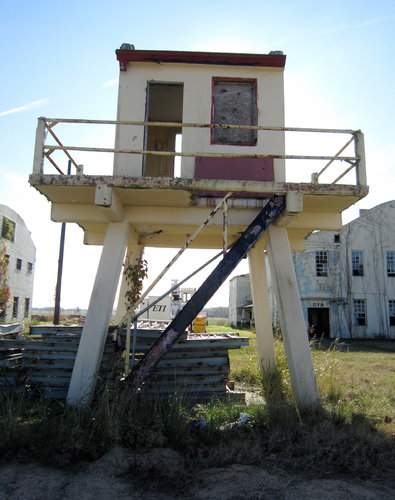The “Legacy of Slavery” Comes to the Smithsonian with Angola Prison Guard Tower Donation
Donations from the notorious Louisiana prison highlight a controversial history of incarceration
Known for the long sentences–93 years on average–its residents serve, the Louisiana State Penitentiary in Angola has many different meanings, according to New York Times reporter Patricia Cohen, including as a symbol of “one of the most brutal and corrupt institutions in the post-Civil War South, the nearest kin to slavery that could legally exist.” After negotiations with the prison, the National Museum of African American History and Culture will now include this history in its collections, highlighting the enduring legacy of slavery in post-Civil War incarceration practices, with an early 20th-century concrete guard tower from the Angola prison. The museum also acquired a cell from another section of the prison that was built on former slave quarters.
The prison officially opened in 1901, but the site of it had long been used as plantations which drew some of its labor directly from the state’s prisons in a common post-Civil War penal labor practice known as convict-leasing that allowed private individuals to “lease” prisoners.
Curator Paul Gardullo told the New York Times, he credits the prison for its willingness to donate the items, allowing the museum “to portray a history that gets into some of these dark corners of American history” from a “place that still carries the legacy of slavery with it.”
/https://tf-cmsv2-smithsonianmag-media.s3.amazonaws.com/accounts/headshot/Leah-Binkovitz-240.jpg)

/https://tf-cmsv2-smithsonianmag-media.s3.amazonaws.com/accounts/headshot/Leah-Binkovitz-240.jpg)